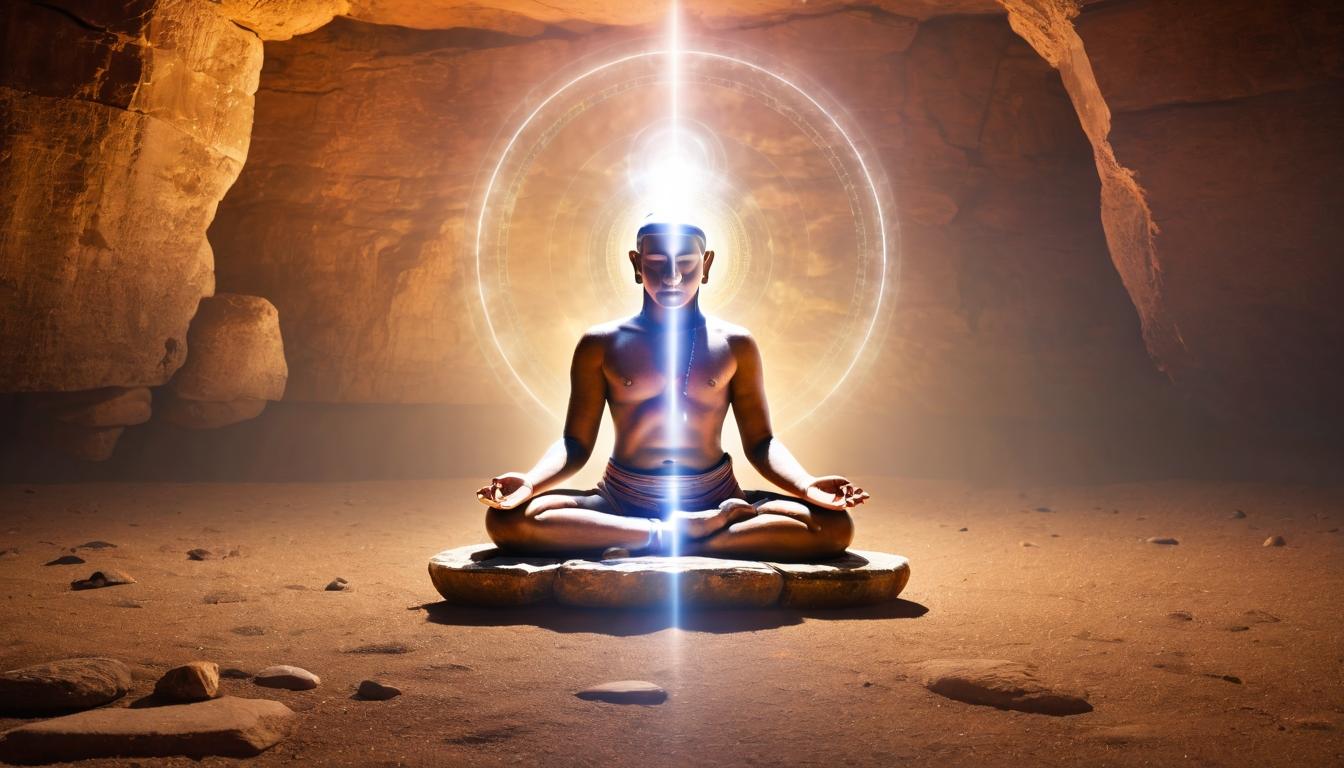The smooth river stone felt cool against my palm, its surface worn to perfection by centuries of water and time. I'd found it during a morning walk along the creek behind my house, drawn to its unusual markings that resembled constellations. What I didn't realize then was that this ordinary stone would become my gateway into a world where ancient traditions and modern spirituality were quietly converging.
Across the websites of Gaia, Elephant Journal, and other spiritual hubs, I began noticing a pattern—a resurgence of interest in what our ancestors knew instinctively. Stones weren't just decorative objects or geological formations; they were living libraries of Earth's memory. This wasn't the crystal healing of the 1980s, with its emphasis on metaphysical properties and energy work. This was something deeper, more primal—what indigenous elders call "stone listening."
At Unariun Wisdom, I discovered accounts of Aboriginal elders who could read the history of landscapes through specific rock formations. They spoke of stones as record-keepers, each containing the vibrational imprint of everything that had happened around them. Modern science is beginning to catch up with what these traditions have known for millennia. Researchers at several universities are studying the piezoelectric properties of crystals and stones, confirming that they do indeed respond to pressure and energy in measurable ways.
What makes this current movement different is its emphasis on relationship rather than utility. On Mystic Living Today, practitioners spoke of developing ongoing relationships with particular stones, much like one would with a tree or animal companion. One woman described how a piece of rose quartz she'd carried for years seemed to "wake up" during her divorce, providing comfort in ways she couldn't explain rationally. Another man told of finding a piece of obsidian that helped him process ancestral trauma he hadn't even known he was carrying.
The practice isn't about assigning magical properties to rocks but about recognizing the consciousness inherent in all matter. As Higher Perspectives explored in a recent article, quantum physics increasingly suggests that consciousness may be a fundamental property of the universe rather than an emergent property of complex biological systems. If this is true, then stones aren't inert objects—they're simply conscious in ways we're only beginning to understand.
Practical applications of stone listening are emerging in unexpected places. Gaia featured a story about a therapist who incorporates stones into her sessions with trauma survivors. She doesn't use them as talismans or healing crystals in the traditional sense but as grounding objects that help clients connect with the stability of the Earth when processing difficult memories. The results, she claims, have been remarkable—clients who previously struggled with dissociation now have a tangible anchor to reality.
Meanwhile, at Elephant Journal, writers are exploring how this practice intersects with environmental activism. If we begin to see stones as living beings with their own consciousness and history, how does that change our relationship with mining, deforestation, and other extractive industries? Several indigenous contributors have pointed out that their ancestors never needed environmental protection laws because they inherently understood the sacredness of the natural world.
What's most fascinating about this movement is how it's evolving without centralized leadership or dogma. Unlike many spiritual trends that become commercialized quickly, stone listening resists easy packaging. Each practitioner develops their own relationship with the stones they work with, and the practice looks different for everyone. Some people simply sit with stones in meditation, while others create elaborate stone circles in their gardens. Some incorporate them into artistic practices, while others use them as teaching tools for children.
As I continued my research across these spiritual websites, I began experimenting with the practice myself. I started spending time each day with the river stone I'd found, not asking it for anything or projecting meanings onto it, but simply being present with it. Over weeks, something shifted. I began noticing subtle changes in my perception—a heightened awareness of natural patterns, a deeper sense of connection to the land around me, and unexpected insights that seemed to emerge from the stone itself.
Perhaps the most profound realization came when I interviewed several practitioners for this article. They all emphasized that stone listening isn't about the stones at all—it's about rewiring our own perception. In a world dominated by screens and artificial stimuli, we've forgotten how to listen to the quiet voices of the natural world. The stones are simply teachers, reminding us of capacities we've neglected but never lost.
This isn't a practice that requires special equipment, expensive crystals, or esoteric knowledge. It begins with finding a stone that calls to you—maybe from your backyard, a local park, or a beach—and spending time with it regularly. Notice its texture, weight, temperature, and markings. Don't try to interpret or analyze; just be present. Over time, you might be surprised by what you discover—both about the stone and about yourself.
As our world becomes increasingly digital and disconnected from nature, practices like stone listening offer a way back to something essential. They remind us that wisdom doesn't always come from books or experts—sometimes it's written in the language of river-worn granite and volcanic glass, waiting for anyone willing to listen.
The forgotten art of listening to stones: how ancient wisdom is resurfacing in modern spirituality

